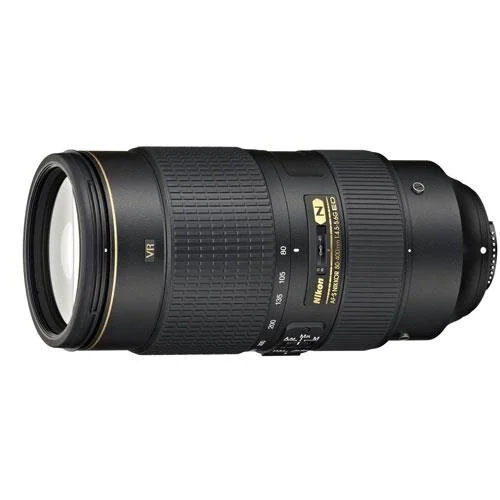Lens Head-to-head: Canon v Nikon v Sony
Length v aperture v price…Hmm, tricky one.
£2,169 online
Zoom
100-400mm
Canon EF mount
f/4.5-5.6
4 stops Vibration Reduction/Image Stabilisation
0.98 m (38.58″) minimum focus
1570 g (3.46 lb)
193 mm (7.6″) long
77 mm filter
£1,999 online
Zoom
80-400mm
Nikon F (FX) mount
f/4.5-5.6
4 stops Vibration Reduction/Image Stabilisation
1.75 m (68.9″) minimum focus
1570 g (3.46 lb)
203 mm (7.99″) long
77mm filter
£1,369 online
Zoom
200-600mm
Sony FE mount
f/5.6-6.3
Vibration Reduction/Image Stabilisation
2.40 m (94.49″) minimum focus
2115 g (4.66 lb)
318 mm (12.52″) long
95 mm filter
Following on from my article comparing Canon, Nikon and Sony cameras for wildlife photography, I thought I’d add a companion piece on lenses.
Obviously, once you’ve bought your camera, you’re pretty much stuck with that brand, so it’s wise to consider the whole package of camera and lens before making any purchase.
This article considers mid-range zooms, lenses that I’d consider to be your ‘workhorse’.
For wildlife photography, I’d recommend getting a long lens that is at least 400mm, and these three are roughly equivalent, depending on whether you have a Canon, Nikon or Sony camera body.
They’re all roughly the same price (although the Sony is a bit cheaper), and they all span roughly the same range of focal lengths (although the Sony is a little longer).
This is not the only lens you’ll need - far from it! - but it’s a good start.
Personally, I have the Nikon 80-400mm and a Nikon 800mm prime lens, and I use them with my D810 and D850 camera bodies.
I also have various shorter lenses for wide angle and macro shots, but I rarely use them.
Even though I’m a Nikon user, I do admire the Canon range, and if I were starting again from scratch, I’d probably buy a Canon camera body and invest in a Canon EF 200-400mm f/4L IS USM with 1.4x Extender - but that would set me back about £15,000!
The good news is that you can get much cheaper deals online these days, and good glass is an investment that holds its value pretty well, so you can always exchange your lens for a new one or just sell it back to a dealer like the London Camera Exchange.
Nothing ventured, nothing gained…!
If you’d like to order a framed print of one of my wildlife photographs, please visit the Prints page.
If you’d like to book a lesson or order an online photography course, please visit my Lessons and Courses pages.



